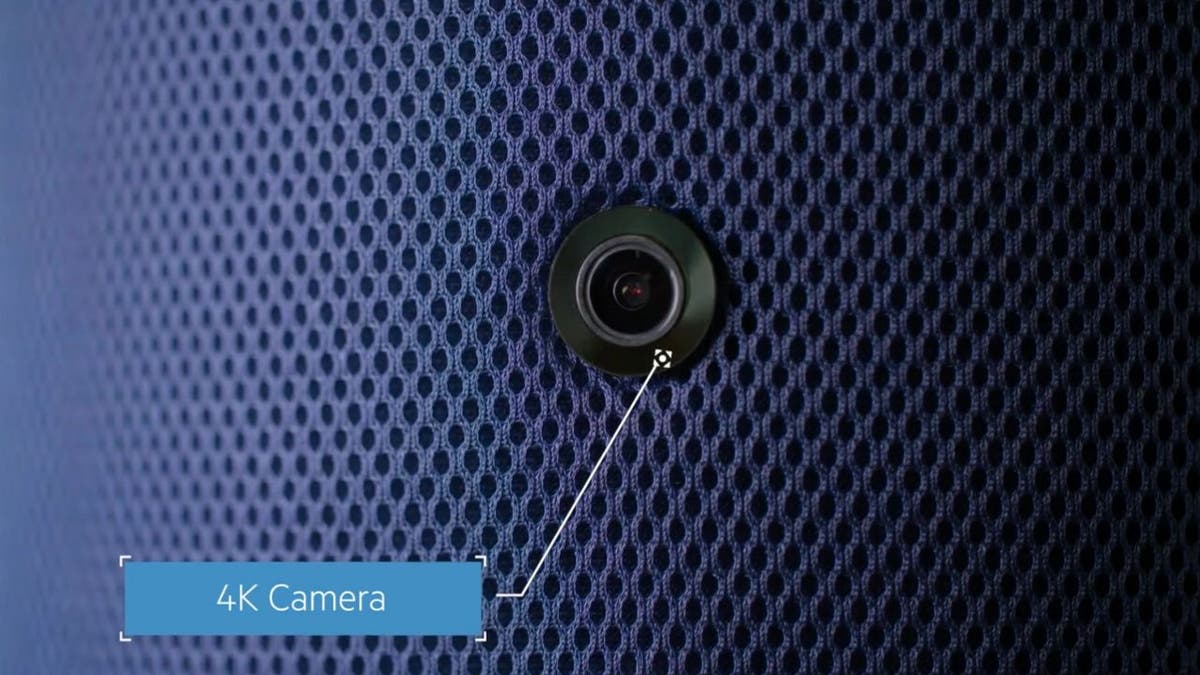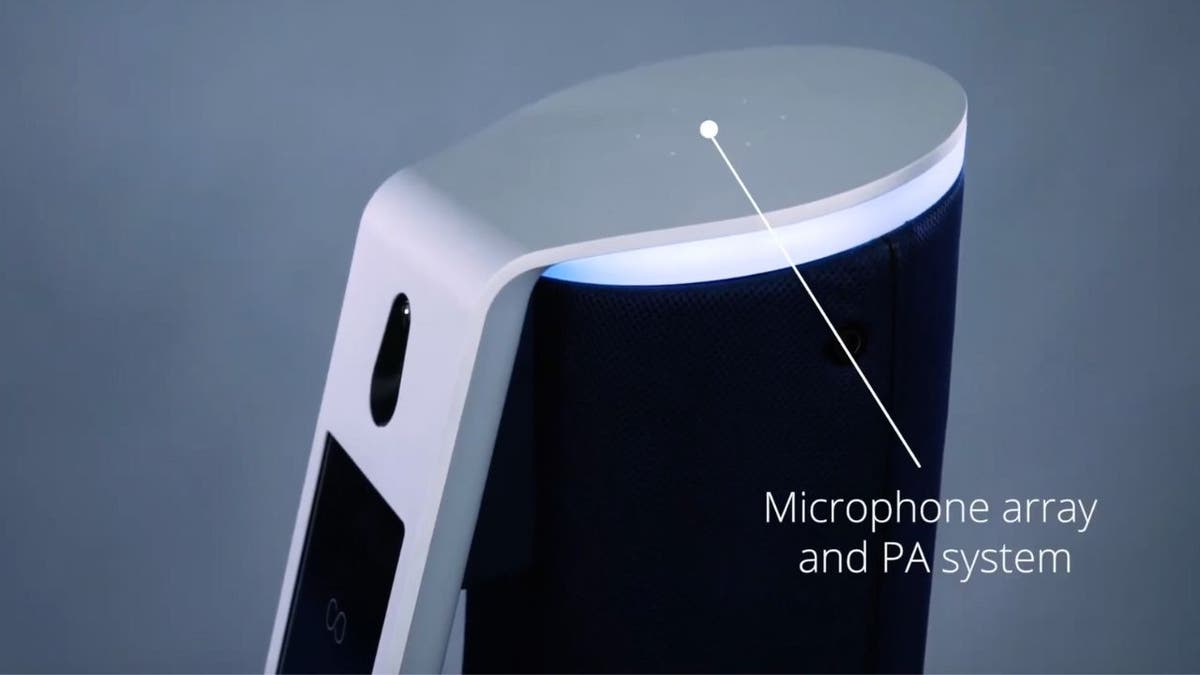Technology
Automatic emergency braking at speeds up to 90mph required under new rule
/cdn.vox-cdn.com/uploads/chorus_asset/file/25426860/2147863367.jpg)
The US Department of Transportation finalized a new Federal Motor Vehicle Safety Standard requiring all vehicle manufacturers to include automatic emergency braking in their light-duty vehicles (basically all passenger vehicles, including SUVs and pickup trucks) by 2029. The new rule aims to prevent hundreds of deaths and tens of thousands of injuries every year. The Department of Transportation is also in the process of finalizing a similar rule for heavy-duty vehicles weighing over 10,000 pounds.
Around 90 percent of light-duty vehicles on the road today come standard with automatic emergency braking, or AEB. But the new rule requires automakers to adopt a more robust version of the technology that can stop vehicles traveling at higher speeds and detect vulnerable road users, like cyclists and pedestrians, even at night.
The new rule requires automakers to adopt a more robust version of the technology
According to the Department of Transportation, all cars are now required to be able to “stop and avoid contact with a vehicle in front of them up to 62 miles per hour and that the systems must detect pedestrians in both daylight and darkness.” Also, AEB systems must apply the brakes automatically “up to 90 mph when a collision with a lead vehicle is imminent, and up to 45 mph when a pedestrian is detected.”
Under the new rule, automakers would be required to beef up their current AEB systems, which research has shown to be decent at preventing low-speed rear-end crashes but less effective when vehicles are traveling at fast but still average speeds. The American Automobile Association (AAA) has been testing AEB systems for years and found a variety of common scenarios in which the braking technology completely fails to do the job as advertised.
The new standard comes amid a modest decline in traffic deaths, which spiked during the pandemic. The National Highway Traffic Safety Administration said that 42,514 people died in crashes in 2023, down 3.6 percent from the year before. It was the third year in a row in which more than 40,000 people died in traffic crashes.

Technology
New Teslas might lose Steam
/cdn.vox-cdn.com/uploads/chorus_asset/file/24323284/Screenshot_2022_12_29_at_3.29.06_AM.jpeg)
Tesla might be dropping Steam support on some new deliveries of Model X, according to a message from the company shared by a Reddit user who is expecting to take delivery of the long-range version of the electric SUV.
Tesla’s message alerts the customer that the company is “updating the gaming computer” in the Model X and says it’s “no longer capable of playing Steam games.” The message ends with a button for the customer to confirm they will proceed with the delivery.
There’s no indication that other Tesla models will be affected. And we’re not seeing any signs that the automaker plans to remove Steam from current owners’ vehicles through a software update. However, Tesla’s already seems to be leaning toward dropping Steam support for some other models.
Steam isn’t available in the Cybertruck, for example, and Tesla hasn’t said whether it plans on bringing the gaming platform to its bestselling Model Y and Model 3 vehicles, despite newer models sporting improved AMD Ryzen processors. The company has already removed some games over the years, including Sonic the Hedgehog.
Technology
Is this autonomous security guard robot the protection you need?

They’re not your typical office workers. Standing at 5 feet tall and cruising through the corridors at a leisurely 3 mph, these robotic guards are the latest addition to workplace security.
Gone are the days of the traditional security guard. Now, robots are taking over the night shift and beyond.
How do these security robots work?
Cobalt’s robots are custom-built to navigate the unique challenges of each building, from ramps to elevators. They patrol the hallways, vigilant for signs of trouble – be it an unusual motion after hours or a door left ajar – and report their findings to a human-staffed call center.
CLICK TO GET KURT’S FREE CYBERGUY NEWSLETTER WITH SECURITY ALERTS, QUICK VIDEO TIPS, TECH REVIEWS AND EASY HOW-TO’S TO MAKE YOU SMARTER
These robots can even spot things that might escape the watchful eye of a security camera. They can do this because they are equipped with a depth camera, heat-detecting thermal sensors, 4K cameras that can see 360 degrees, Lidar, as well as a Microphone array for listening and PA system for announcing.

Interactivity and assistance of the security robot
With a simple tap on the screen, employees can summon a 24/7 specialist to address concerns ranging from spills, unwelcome visitors or suspicious activity. This seamless integration of technology and human oversight lets real-life guards spend more time responding and less time observing now that Cobalt is carefully watching on patrol and reporting back what it detects.
WHAT IS ARTIFICIAL INTELLIGENCE (AI)?

MORE: ELECTRIC HUMANOID ROBOT TO SHAKE UP THE JOB MARKET
Case study: DoorDash
DoorDash has embraced Cobalt’s robotic guards across its corporate sites. The result? Enhanced security operations with fewer sick days, no HR complaints, and a boost in both accuracy and response times for security and safety-related incidents.

MORE: THE SHAPE-SHIFTING UNDERWATER ROBOT PIONEERING THE DEPTHS OF THE SEA
Robots vs. humans: The numbers
The driving force behind this robotic revolution is money. It’s far more economical for companies to deploy robots for round-the-clock security than to rely solely on human guards. According to Forrester Research, opting for a robotic guard over a human can lead to substantial savings – around $79,000 annually. That’s a figure that’s hard to ignore for any business looking to optimize its operations.

MORE: APOLLO THE ROBOT JOINS MERCEDES-BENZ ASSEMBLY LINE PRODUCTION
The competitive landscape of the security robot
The security robot market is heating up, with competition between indoor and outdoor models. While Cobalt’s robots are indoor specialists, others like Knightscope and SMP Robots are venturing into both terrains, including malls, hotels and industrial sites. And let’s not forget drones, which are starting to make their mark in the security domain.

Challenges and considerations of security robots
Of course, it’s not all smooth sailing. Security robots have had their share of mishaps, from minor accidents to malfunctioning in critical situations. And there’s the human factor to consider. Sometimes, nothing can replace the reassurance of a human presence in times of distress.

Kurt’s key takeaways
Despite the occasional glitch, the consensus is clear: Security robots are here to stay, and their presence is set to grow as the technology continues to advance. They may not replace human guards entirely, but they’re redefining the role and allowing humans to focus on more strategic tasks.
What’s your take on these new robot guards? Do you think they’re as trustworthy as human security or are we moving too fast into a tech-driven safety zone? Let us know by writing us at Cyberguy.com/Contact.
For more of my tech tips and security alerts, subscribe to my free CyberGuy Report Newsletter by heading to Cyberguy.com/Newsletter.
Ask Kurt a question or let us know what stories you’d like us to cover.
Answers to the most asked CyberGuy questions:
Copyright 2024 CyberGuy.com. All rights reserved.
Technology
Twitter is officially X.com now
/cdn.vox-cdn.com/uploads/chorus_asset/file/24805888/STK160_X_Twitter_006.jpg)
The social network formerly known as Twitter has officially adopted X.com for all its core systems. That means typing twitter.com in your browser will now redirect to Elon Musk’s favored domain, or should. At the time of publication, we’re seeing a mix of results depending upon browser choice and whether you’re logged in or not.
A message also now appears at the bottom of the X login page that reads, “We are letting you know that we are changing our URL, but your privacy and data protection settings remain the same.”
Musk has a long history with the x.com URL, launching a business under the name in 1999 that eventually merged with what would become PayPal. For this modern-day version of the company, Musk envisions that it will become a WeChat-like “everything app.”
Maybe, but one thing’s for sure: it’s not Twitter anymore.
-

 Politics1 week ago
Politics1 week ago'You need to stop': Gov. Noem lashes out during heated interview over book anecdote about killing dog
-

 Politics1 week ago
Politics1 week agoRFK Jr said a worm ate part of his brain and died in his head
-

 World1 week ago
World1 week agoPentagon chief confirms US pause on weapons shipment to Israel
-

 World1 week ago
World1 week agoConvicted MEP's expense claims must be published: EU court
-

 Politics1 week ago
Politics1 week agoCalifornia Gov Gavin Newsom roasted over video promoting state's ‘record’ tourism: ‘Smoke and mirrors’
-

 News1 week ago
News1 week agoStudents and civil rights groups blast police response to campus protests
-

 Politics1 week ago
Politics1 week agoOhio AG defends letter warning 'woke' masked anti-Israel protesters they face prison time: 'We have a society'
-

 Politics1 week ago
Politics1 week agoBiden’s decision to pull Israel weapons shipment kept quiet until after Holocaust remembrance address: report














